Hi, Over the past few months ive had a range of issues in the tank. When ive had a major issue ive done water tests which all give fine water readings. A few times ive even taken a sample to the fish store to do more detailed tests, and these also come back fine.
Are there some generic things I should maybe consider or keep an eye out for which can be causing issues in the tank outside of water quality? If water quality is fine, what would be causing fungal diseases in the tank? any advice around this is greatly appreciated.
Details:
70L tank
Now holds 3 neon tetras and 5 Harlequin rasboras
Some recent events:
- Fungus appearing on the top fin of a few of the rasbora
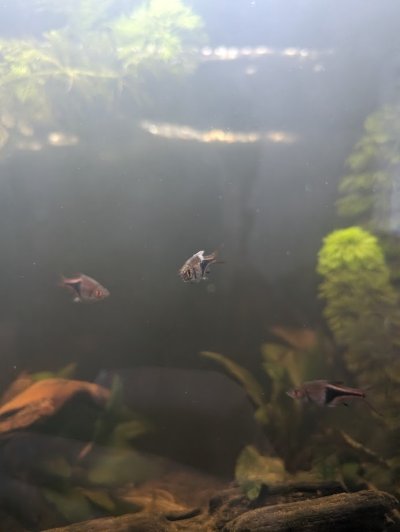
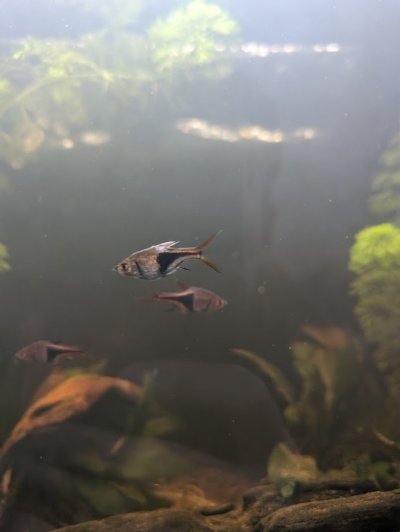
- Some tetras developing large bellys, while others look malnourished.
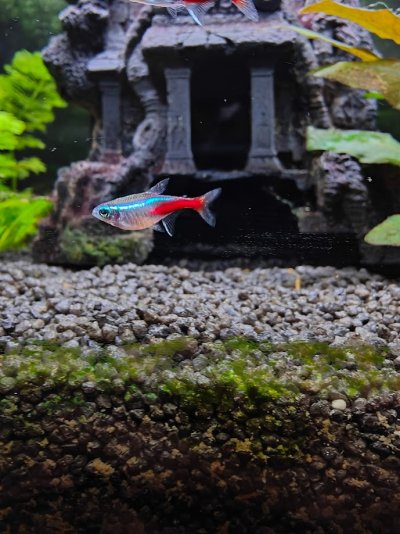
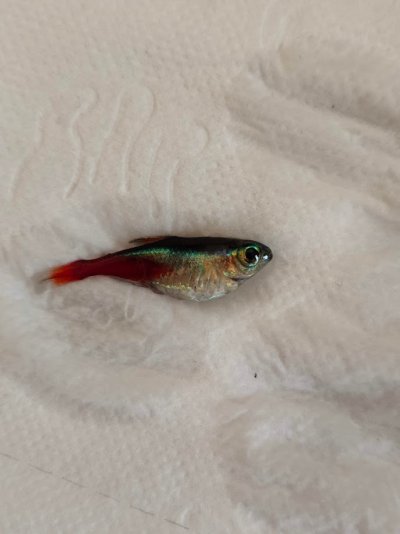
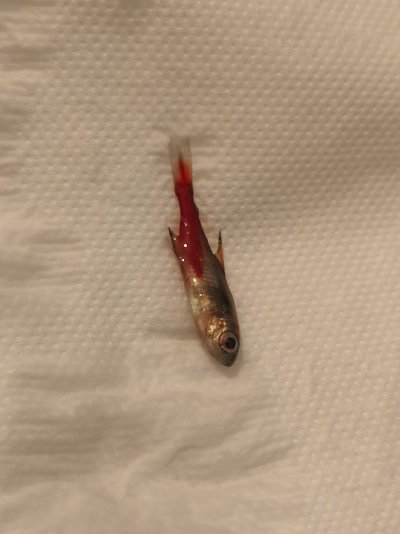
Brought home new Rasbora which saw 3 tertas already in the tank die, as well as 1 new rasbora die over 2 days
Are there some generic things I should maybe consider or keep an eye out for which can be causing issues in the tank outside of water quality? If water quality is fine, what would be causing fungal diseases in the tank? any advice around this is greatly appreciated.
Details:
70L tank
Now holds 3 neon tetras and 5 Harlequin rasboras
Some recent events:
- Fungus appearing on the top fin of a few of the rasbora


- Some tetras developing large bellys, while others look malnourished.



Brought home new Rasbora which saw 3 tertas already in the tank die, as well as 1 new rasbora die over 2 days
